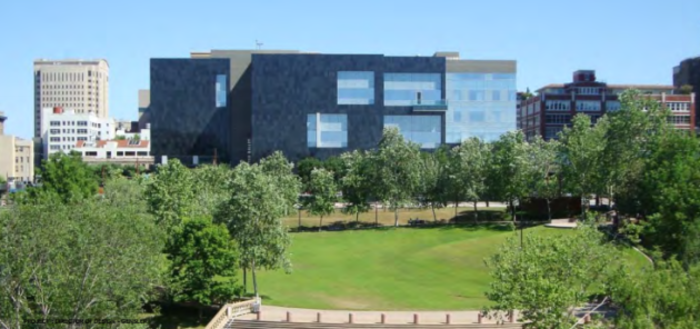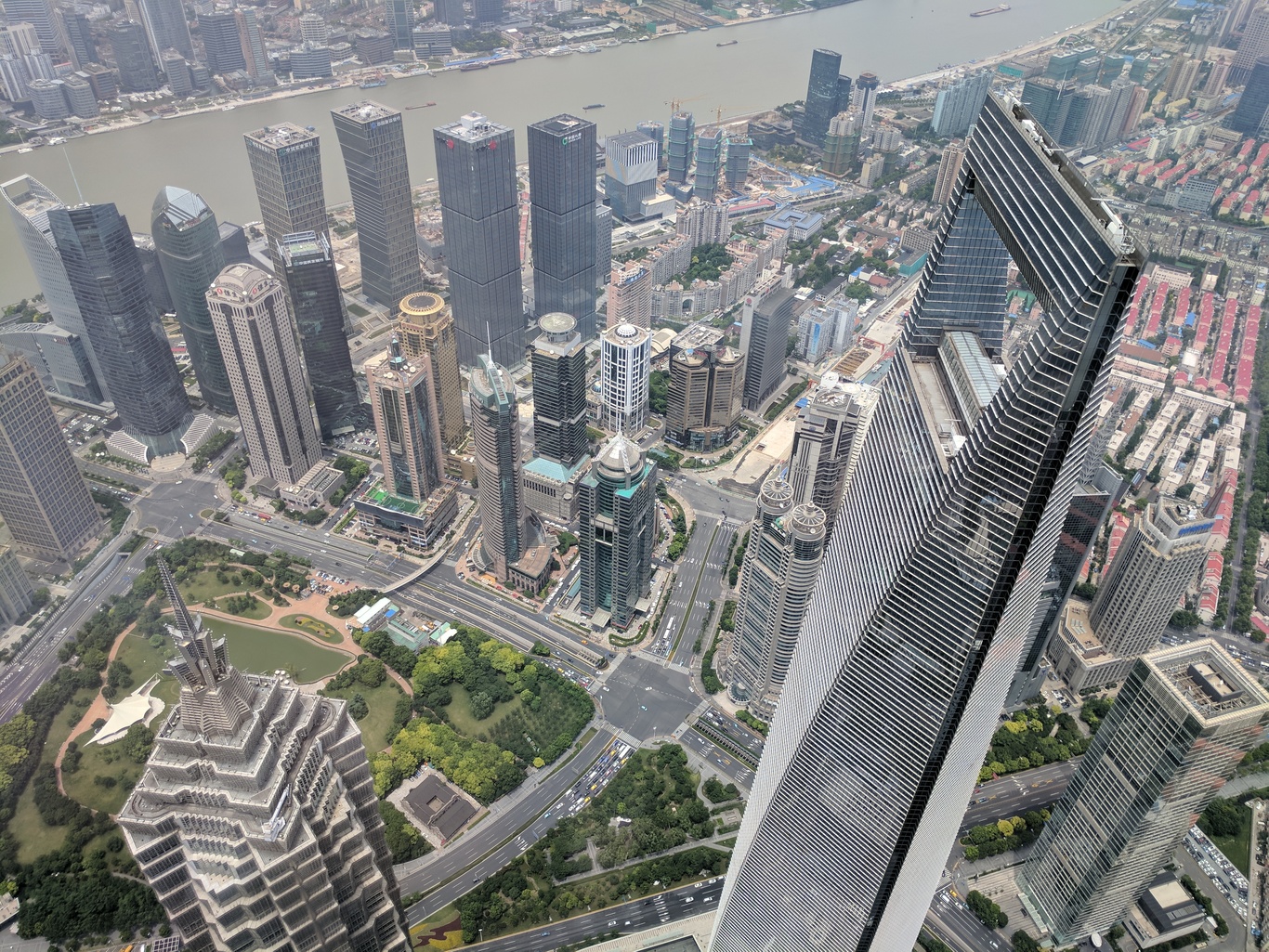'Architecture is a lot like making a sausage': The man behind the world's top skyscrapers
Marshall Strabala designed the 632m Shanghai Tower.
EVERY COUPLE OF months there is news of another massive building going up somewhere in the world.
In architecture, it seems, height is the latest status symbol – particularly in the Middle East, where numerous mega-tall structures have already been built and more are planned over the next decade.
But what does it take to create these buildings? And is height the only goal?
One man who would know is Marshall Strabala. The American architect has worked with renowned companies such as Skidmore, Owings & Merrill and now heads his own firm with offices in Chicago and Shanghai.
Among his designs? The world’s tallest building – by height to highest usable floor – the Shanghai Tower. He has also designed the Houston Ballet Center For Dance and the Hess Tower in downtown Houston.
TheJournal.ie spoke to Marshall about his work and his process, which he describes as making function the form – that is, making the building fit for or representative of its purpose.
“I do not know who said this, but architecture is a lot like making sausage. If you saw the process, you would stop eating sausage.
“The architecture process is different for every firm and every project. We do rather complex high-profile projects, and therefore we put a lot of time and focus on the quality of the project.
“We start every project from the inside out. That is to say we solve the problem from a functional standpoint and more often than not this leads us to a new formal solution.
“So if the individual functions of the building can be translated into the image of the building, we have a better chance of something new.
“That said, a building needs to work at many levels … most stories about architecture omit the primary requirement: that of safety. We as licensed architects are only required by law to make a safe building, not a good-looking building.”
He points to a current project as an example of how safety concerns can actually aid the creativity in the design process:
“Sometimes these little things become what the building is about. We are doing a very large project and there is a ballroom on the sixth floor. This single space can fit 9,300 people.
“So we need 58 egress stairs, each stair is 48in wide, and these stairs will require about 15,000 sq ft. This is equal to about 10 two-bedroom apartments. Using these odd requirements, we can design better buildings.”
Strabala says that the primary client for any building isn’t necessarily the person handing over the money. He says that the space it will occupy is the most important factor.
“There are three clients for every building. For our buildings, we start with the city: the first client. The project must benefit the city, be sustainable and also be a good neighbour.
“The project owner, or the second client, must achieve economic goals. The third client is us, and we try to improve and learn from every project.”
 A map of where Strabala has designed buildings.
A map of where Strabala has designed buildings.
Strabala’s own working process involves making scaled-down models to check how the building fits in with its surroundings. He then uses 3D modelling, including Lego, for a better view of the project.
“Each project is unique. In one case, we made the building taller and thinner than the planning requirements allowed, and in another project we placed a majority of the space underground to keep a park-like feeling for the whole area.
“A small office building we are doing right now has some very, very restrictive right-to-light issues. This forced us to place the building into one corner of the site and make the tower thinner on each successive floor.
“Architecture is not fashion, something that changes from season to season, but something that will last 100 years. I see a problem with the education of future architects because the web has made it so easy to look for source materials.
“Our interns look on the web to find ‘cool’ images of buildings and then try to make a building look like that. It takes me about a year to break that habit.”
Going up
 The Houston Ballet Centre For Dance
The Houston Ballet Centre For Dance
As a man who has designed a building that touches the sky, Strabala is keen to point out that there are technically only 17 supertall buildings in the world – buildings that reach over 420m or 100 storeys of offices.
Current regulations in the US mean that buildings are capped at 609m, some 23m shorter than the Shanghai Tower, which means the US is unlikely to ever hold the title of world’s tallest building again.
Strabala, however, is quick to point out that height isn’t everything.
“I think yesterday the status symbol was a big part of the desire to go tall, but today it is more about the quality of life and we need more tall buildings in the 500ft-800ft range.”
He adds that cars are playing a changing role in US cities, meaning more centralisation and denser buildings. The advantage of high-rise construction is in the land that they don’t use.
“The Burj Khalifa (the tallest building in the world) is a residential project with 1,000 apartments, offices and a hotel. It uses only 2% of the land required by a suburban development of 1,000 single-family homes.”
 The Tai Hu Museum in Changxing, China.
The Tai Hu Museum in Changxing, China.
While he says that the “ego trip” of building skyscrapers may not go away, most people who think they want one balk at the price.
For him, while he doesn’t pick a favourite of his buildings, Strabala says his favourite project is always his next.
“I have done houses, museums and the world’s tallest building, so my dream project is simply the next project we do. Each new project is a great experience!”
Written by Paul Hosford and posted on TheJournal.ie






